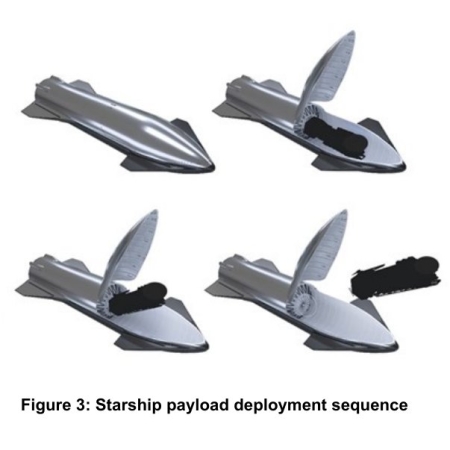2019 was a boom year for the commercial space industry
Capitalism in space: According to a new industry report, 2019 was one of the strongest in years for the entire commercial space industry.
More than 183,000 workers were employed in the U.S. space workforce at the end of 2019, according to the U.S. Bureau of Labor Statistics. Core employment, those jobs most closely aligned with the space industry and not the larger aerospace industry, rose to 141,520 jobs in 2019. This represents a 4.1% increase from the 135,930 private sector workers in 2018 and marks the third year in a row of increasing employment in this workforce and the highest level since 2012.
Some sectors saw significant gains in employment over the last five years. Together, the workforce supporting manufacturing of space vehicles, space vehicle propulsion units, and other space vehicle parts grew by nearly 20% over the past five years, adding more than 14,000 new employees. Other sectors experienced decline. Broadcast and wireless communications equipment manufacturing employment decreased 9.8% over the past five years, shedding more than 5,000 workers.
The report also noted that the COVID-19 panic will likely cause a major negative impact to the industry in 2020, hurting the smaller companies the most.
Capitalism in space: According to a new industry report, 2019 was one of the strongest in years for the entire commercial space industry.
More than 183,000 workers were employed in the U.S. space workforce at the end of 2019, according to the U.S. Bureau of Labor Statistics. Core employment, those jobs most closely aligned with the space industry and not the larger aerospace industry, rose to 141,520 jobs in 2019. This represents a 4.1% increase from the 135,930 private sector workers in 2018 and marks the third year in a row of increasing employment in this workforce and the highest level since 2012.
Some sectors saw significant gains in employment over the last five years. Together, the workforce supporting manufacturing of space vehicles, space vehicle propulsion units, and other space vehicle parts grew by nearly 20% over the past five years, adding more than 14,000 new employees. Other sectors experienced decline. Broadcast and wireless communications equipment manufacturing employment decreased 9.8% over the past five years, shedding more than 5,000 workers.
The report also noted that the COVID-19 panic will likely cause a major negative impact to the industry in 2020, hurting the smaller companies the most.

